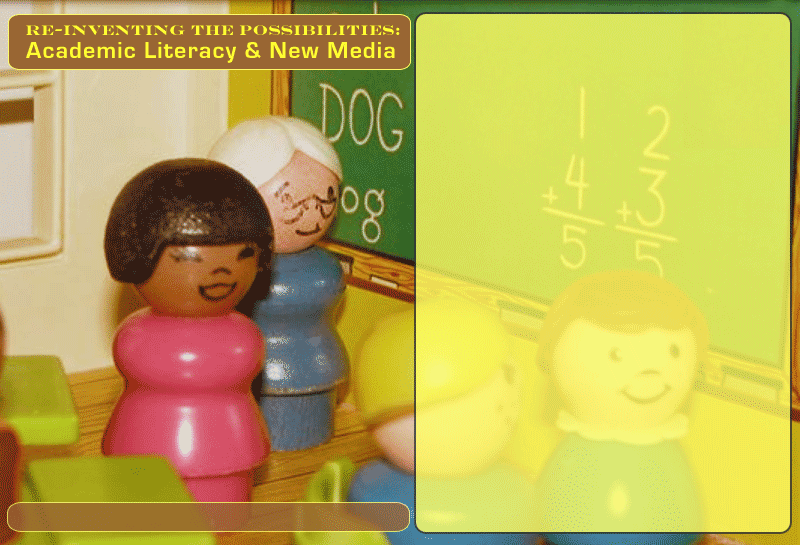
As we mentioned earlier, this article is not about what we're replacing by wanting to shift from traditional academic letteracy to new media literacies; it is, rather, about what a new media literacy—like digital multiliteracies—might teach students, and how. For writing teachers, one of the first places to start such an exploration is with a collectively agreed-upon teaching/learning goals statement for general-education writing classes, like that which the Council of Writing Program Administrators (WPA) has authored.
The WPA—an organization comprised of higher-education English writing administrators and teachers—offers a two-page set of goals for first-year, general-education writing classes. In most general-education writing courses, the WPA goals materialize as teachers assigning a research paper. This genre allows a teacher to easily recognize a student's understanding of the four WPA goals: rhetorical situation (i.e., research papers geared toward audience persuasion), critical literacy (synthesizing sources), writing processes (drafting, researching, writing, workshopping, editing), and conventions (documentation and grammar).
Legitimacy within the institution (and its accompanying good grades) is assumed to be taught through the research paper in general-education writing classes, and yet it's not unheard of for students to wait to take first-year composition until their senior years. They often wait to take such courses because the students consider the rote process they learn for research-based writing uninspiring. Additionally, students may consider themselves bad writers, which isn't surprising given that they've had as many as 14 years (or more) of unfulfilling writing experiences.
Go back to the last node.